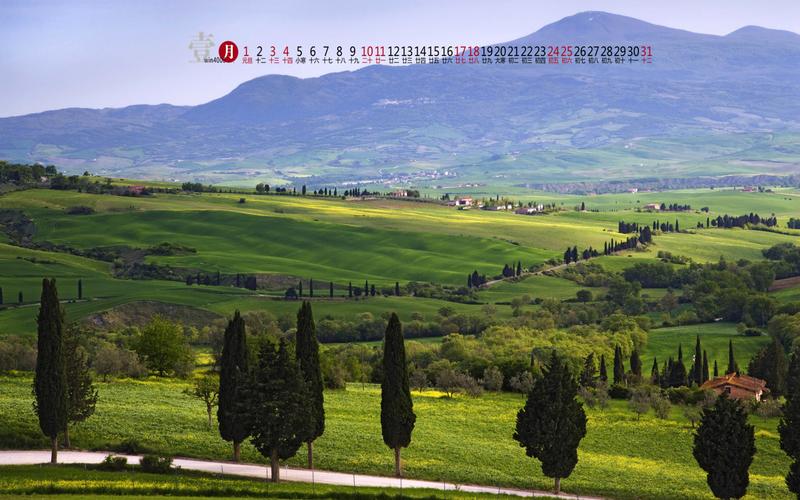Mastering the 3 Levels of Situational Awareness: A Guide for Any Situation
Situational awareness is the ability to observe and analyze your surroundings to assess potential threats and opportunities. In today’s fast-paced world, the importance of situational awareness cannot be overstated. Whether you’re walking down a busy street, driving on a highway, or attending a crowded event, being aware of your surroundings can help you stay safe and make informed decisions.
In this article, we will discuss the three levels of situational awareness and how to master each level. By the end of this guide, you’ll have the skills and knowledge to be more aware of your surroundings and make better decisions in any situation.
Level 1: Perceiving Your Environment
The first level of situational awareness is perceiving your environment. This level involves being mindful of your surroundings and being aware of any potential risks or opportunities. To improve your perception, you should use all your senses. For example, you should listen for sounds that might indicate danger, smell for unusual odors, and scan your surroundings for any anomalies.
To develop your perception skills, it’s essential to pay attention to details and patterns. Look for things that are out of place or unusual, such as a person wearing a heavy coat on a hot day. Notice how people are behaving and interacting with each other. Are they relaxed, or are they on edge? All these details can give you valuable information about your environment.
Level 2: Processing Information
The second level of situational awareness is processing information. At this level, you take the information you’ve gathered in the first level and analyze it to make sense of your environment. This level involves understanding the cause-and-effect relationships between different factors in your environment.
To develop your processing skills, you should look for patterns and connections. For example, suppose you observe a group of people gathering in one area and looking nervous. In that case, you should assess the situation and determine if it’s safe to continue in that direction or if you need to find an alternate route.
Level 3: Acting Appropriately
The third level of situational awareness is acting appropriately. At this level, you take the information you’ve gathered and analyzed in the first two levels and use it to make the right decisions and take appropriate actions.
To develop your decision-making skills, you should practice scenario planning. Consider different scenarios that could occur and plan how you would respond to each one. For example, if you’re walking alone at night and someone approaches you, you should have a plan in place for how to respond.
Conclusion:
Situational awareness is a critical skill that can help you stay safe and make better decisions in any situation. By mastering the three levels of situational awareness, you will be able to perceive your environment, process information, and act appropriately. Remember to use all your senses, look for patterns and connections, and practice scenario planning. By doing so, you’ll be better prepared for whatever situations life throws your way.
(Note: Do you have knowledge or insights to share? Unlock new opportunities and expand your reach by joining our authors team. Click Registration to join us and share your expertise with our readers.)
Speech tips:
Please note that any statements involving politics will not be approved.
